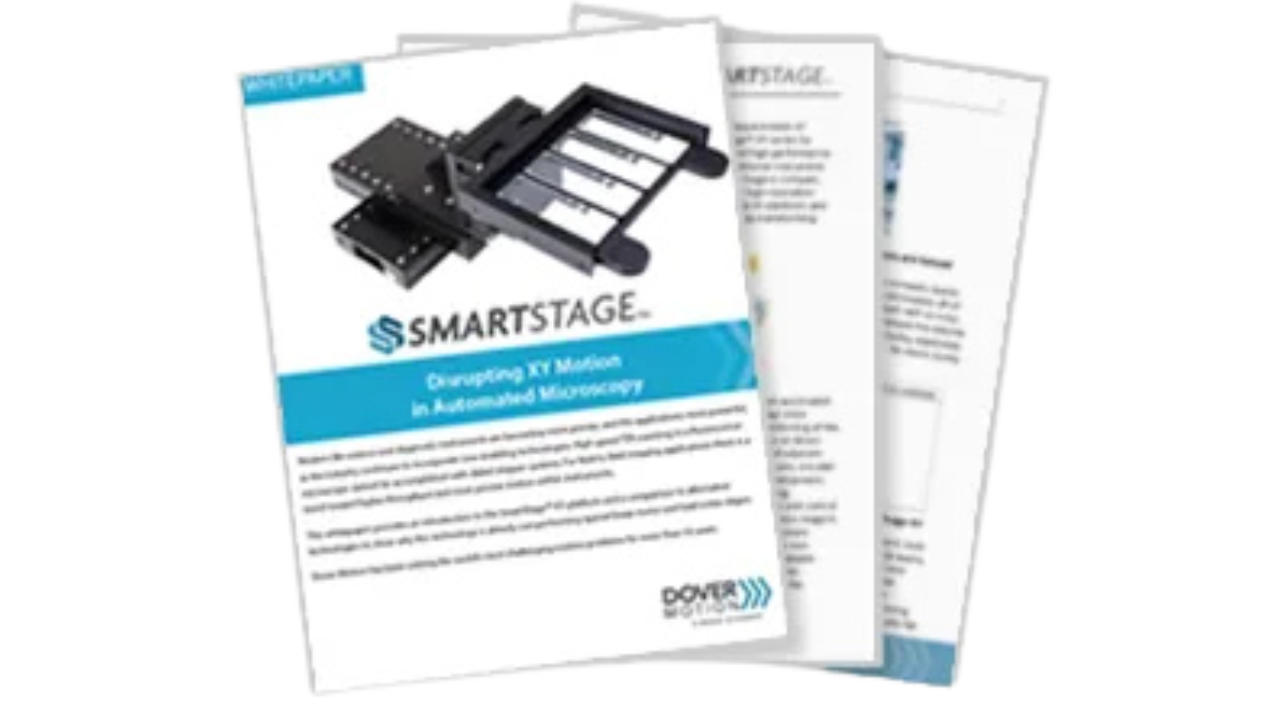Midrange Resonance
Stepping motors exhibit an additional idiosyncrasy, which complicates drive design: midrange instability.
This phenomena, which varies in severity with the nature of the load being driven, appears as an oscillation of the motor rotor from its intended position. It generally sets in at step rates of 1200 to 3000 full steps/second (6 to 15 revolutions per second). The oscillation itself is in the 50-150 Hz range, and often builds in amplitude over a number of cycles, causing a stall condition within 0.1 to 1 second. Half stepping and microstepping do not alleviate the problem, unlike with fundamental motor resonance. In fact, some popular microstepping systems are more prone to this condition. Our bipolar chopper, microstepping drives completely suppress midrange resonance, by sensing the deviation from intended position and electronically introducing viscous damping to counteract the effect. In so doing, all the motor torque is made available to accelerate the load, instead of being wasted on spurious oscillations. Bizarre mechanical fixes to the problem, such as Lancester dampers, drill chucks on the motor rear shaft, etc., are accordingly unnecessary.

